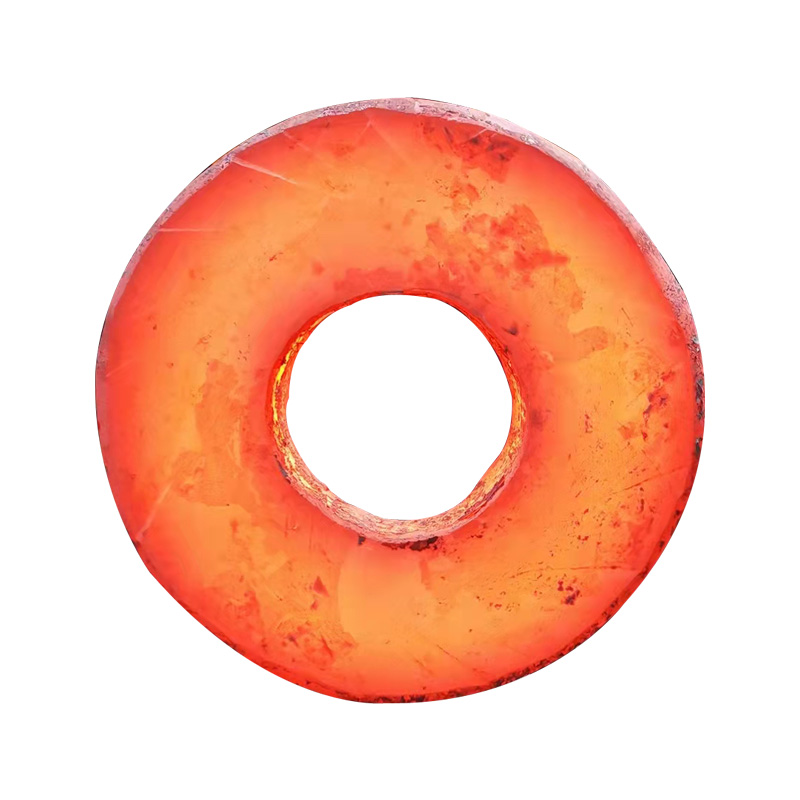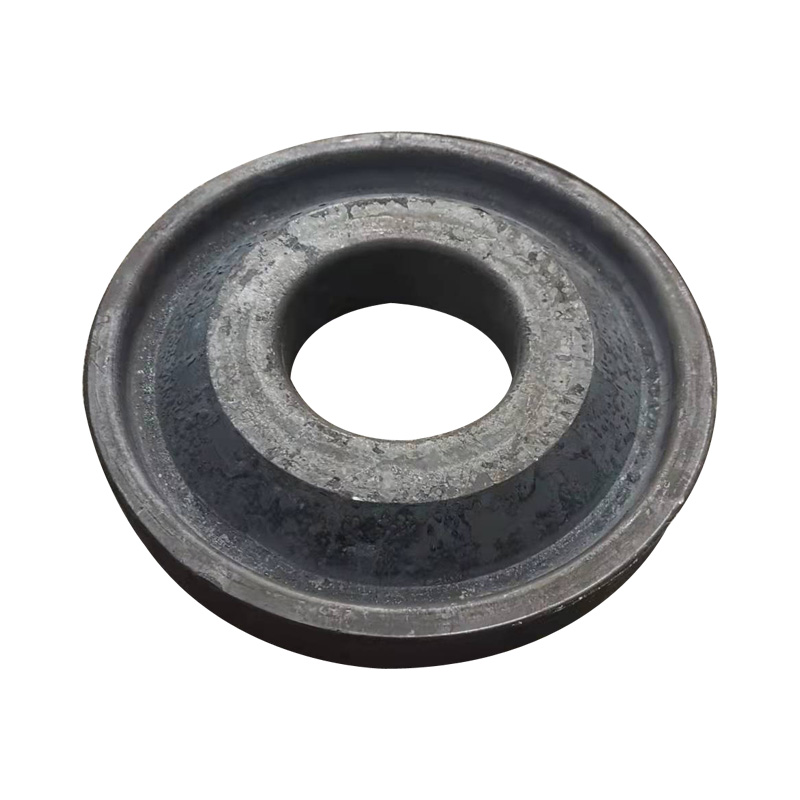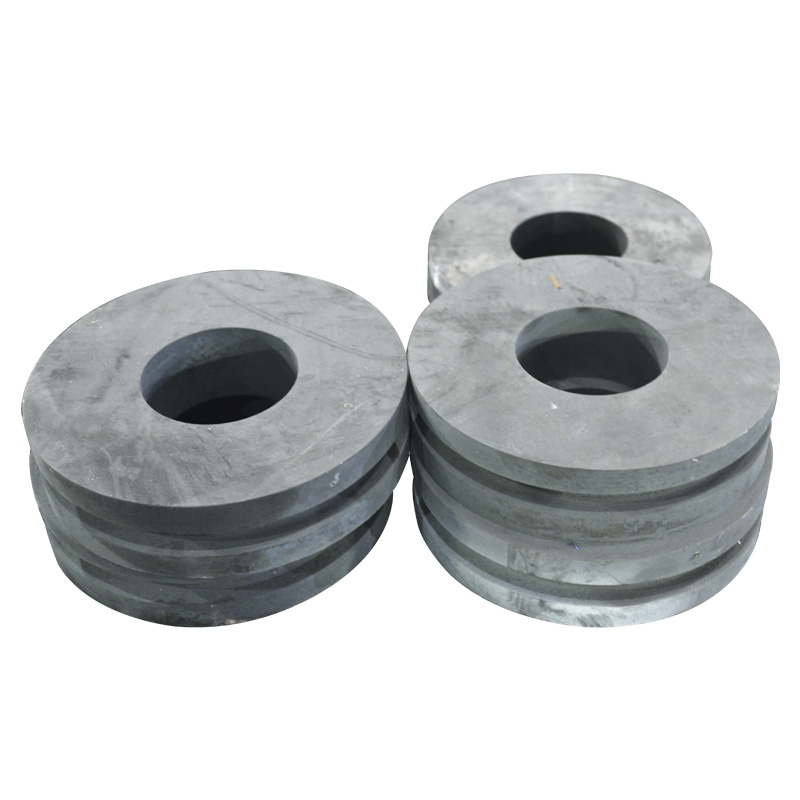What are the main features of forgings?
2022-05-25
The main characteristics of forging:
1. Large weight range. Forgings range from a few grams to hundreds of tons
2. Higher quality than casting. The mechanical properties of forgings are better than that of castings, and they can withstand large impact forces and other heavy loads. Therefore, forgings are used for some important parts with large force.
Forgings are of better quality than rolled steel for high carbide steel. Such as high - speed steel rolled material only after modified forging can meet the requirements of use. In particular, high speed steel milling cutters must be modified.
3, the lightest weight. Under the premise of ensuring the design strength, the forgings are lighter than the castings, which reduces the weight of the machine itself, which is of great significance for vehicles, aircraft, vehicles and aerospace navigation instruments.
4, save raw materials. For example, the static weight of the automobile crankshaft of 17kg, when the rolling material is used to cut and forge, the chip should account for 189% of the weight of the crankshaft, and when the die forging is used, the chip only accounts for 30%, but also shorten the machining time of 1/6. Precision forging forgings, not only can save more raw materials, but also can save more machining hours.
5, high productivity. For example, die forging radial thrust bearings by two hot die forging presses can replace 30 automatic cutting machines. The productivity of six-axis automatic lathe is 17.5 times that of M24 nut produced by push forging automata.
6, free forging flexibility, therefore, some repair plants widely use forging method to produce a variety of accessories.
1. Large weight range. Forgings range from a few grams to hundreds of tons
2. Higher quality than casting. The mechanical properties of forgings are better than that of castings, and they can withstand large impact forces and other heavy loads. Therefore, forgings are used for some important parts with large force.
Forgings are of better quality than rolled steel for high carbide steel. Such as high - speed steel rolled material only after modified forging can meet the requirements of use. In particular, high speed steel milling cutters must be modified.
3, the lightest weight. Under the premise of ensuring the design strength, the forgings are lighter than the castings, which reduces the weight of the machine itself, which is of great significance for vehicles, aircraft, vehicles and aerospace navigation instruments.
4, save raw materials. For example, the static weight of the automobile crankshaft of 17kg, when the rolling material is used to cut and forge, the chip should account for 189% of the weight of the crankshaft, and when the die forging is used, the chip only accounts for 30%, but also shorten the machining time of 1/6. Precision forging forgings, not only can save more raw materials, but also can save more machining hours.
5, high productivity. For example, die forging radial thrust bearings by two hot die forging presses can replace 30 automatic cutting machines. The productivity of six-axis automatic lathe is 17.5 times that of M24 nut produced by push forging automata.
6, free forging flexibility, therefore, some repair plants widely use forging method to produce a variety of accessories.



X
We use cookies to offer you a better browsing experience, analyze site traffic and personalize content. By using this site, you agree to our use of cookies.
Privacy Policy



